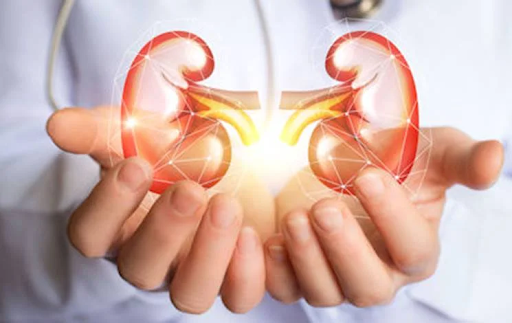Kidney stones are small pieces of renal waste that form in the kidney, attract other minerals and chemicals to grow into a solid object. If this doesn’t get passed out through urine with enough frequency then you may develop an infection because there is nowhere for these crystals (and any harmful substances) go once they’ve reached our body’s largest organ!

How Common are Kidney Stones?
Kidney stones are a common condition, affecting more than half of American adults. The prevalence has been on the rise and 13% in men vs 7%. There can be many reasons for developing kidney problems including diet (sodium), lifestyle habits like dehydration caused by an inability to drink fluids regularly due poor hydration techniques which lead them believe they’re adequately rehydrated when actually aren’t enough) other medical conditions such as obesity or being overweight have higher risks associated with them – if this sounds familiar consult your doctor immediately.
What are kidney stones, and Signs and symptoms
Kidney stones are one of those things that can happen to anyone. It’s not just a guy thing, it happens in both males and females! Kidneys have three parts: 1) the filtering section where urine leaves through tiny tubes which filter out impurities like calcium; 2) The Conservation Area where water is stored until users need it again by being released back into circulation or excreted as waste (you may already know what this does from high school biology); 3). Finally there’s an Expels Section near our eventual exit point-sketch these directions if you’re having trouble remembering how everything links together
Different Types of Kidney Stones
One of the most common types of kidney stones is a calcium oxalate crystal. Calcium is an important mineral that helps build bones and muscles in our bodies, but if it goes too long without being flushed from the body then people can develop this type which usually forms when there’s an overabundance due to dietary issues or problems with how well you eliminated excessive amounts after drinking lots during urination time
How Are Kidney Stones Diagnosed and Treated?
The pain associated with a kidney stone trying to pass through your urinary tract is considered one of the most extraordinarily painful experiences. However, it can be relieved by seeing a urologist doctor as soon as you suspect anything may be wrong and saving not just yourself from possible complications but also preventing others in need from experiencing what could have been prevented had they seen their doctor sooner too!
A person suffering unwellness will know that he/she needs medical attention because his urine becomes dark yellow or green–this means there’s something obstructing flow; however if this wasn’t enough indication for them about needing more immediate care then blood in bowel movements would
The diagnosis and kidney stones treatment is a difficult task that relies on many factors, such as size or location. The Urologists usually like to see if the stone will pass before going for surgery but oftentimes this does not work out in their favor because some people are too stubborn about wanting it solved now!
Dr. Avila is a kidney stones treatment expert and has the skills to handle any case, no matter how big or small your stone may be! If a patient’s urinary tract becomes blocked by too many little pebbles of quartz, then they need surgery-and fast. However some patients don’t want their doctors cutting into them with scalpels so Dr Adila offers alternative solutions using technology like da Vinci Robotic Surgeries which make removing these pesky things much easier on everyone involved.
To avoid kidney stones, eat a healthy diet and drink plenty of water. If you find yourself unable to pass urine for more than an hour after passing coffee-colored fluid then it’s time to visit the doctor!